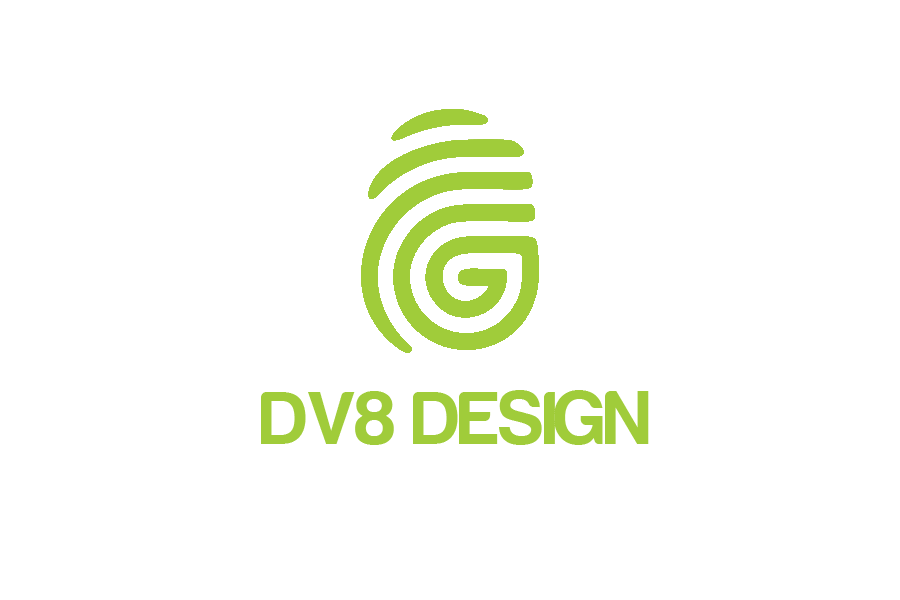Questions Answered
Ontological design is a philosophy that focuses on creating spaces that enhance the well-being and lived experience of the inhabitants. It goes beyond aesthetics to consider how design shapes our moods, behaviors, and interactions within a space.
Traditional design often prioritizes style, function, and problem-solving. Ontological design adds a deeper layer, exploring the emotional impact of the environment and how it supports the user’s sense of self and how they want to live within the space.
Core principles include:
- Human-centered: Prioritizing the needs and experiences of the users.
- Sense of place: Creating a distinct atmosphere that resonates with the location and inhabitants.
- Emotion and well-being: Designing spaces to evoke positive emotions and promote overall well-being.
- Multi-sensory: Engaging sight, sound, touch, and even smell to create a holistic experience.
At DV8 Design it considers:
- Connection to surroundings: How the home relates to its natural or urban context.
- Sense of arrival: The approach and entry sequence create a welcoming or dramatic experience.
- Privacy and openness: Balancing views with a sense of enclosure and security.
- Materials and textures: How the exterior evokes feelings of warmth, modernity, etc.
Key elements include:
- Flow and functionality: How the layout supports daily routines and desired interactions.
- Light and ambiance: Natural and artificial light to create different moods and atmospheres.
- Spatial qualities: Using scale, proportions, and transitions to evoke feelings (cozy, expansive, etc.)
- Personalization: Allowing space for inhabitants to express themselves and feel ownership.
A living room designed for relaxation might feature soft, natural textures, warm lighting, comfortable seating arrangements facing a calming view, and a designated area for quiet activities opening out onto a courtyard filled with a flowering tree surrounded by the sound of water from a fountain.
DV8 Design has architects and designers that specialize in ontological design.
While natural materials often align with ontological goals, it’s not a strict requirement. The key is how materials are used to support the desired emotional response and contribute to the overall experience.
The best ontological designers at DV8 Design will actively collaborate with you to understand your values, lifestyle, and aspirations for the space. Share your stories, preferences, and how you envision living in your home.
Yes! Even within an existing structure, ontological principles can be used to improve the flow, atmosphere, and functionality of a space. Modifications in layout, lighting, materials, and spatial organization can significantly enhance how a space feels and supports its inhabitants.
Ontological design’s focus on human-centeredness naturally considers the diverse needs of users. Key elements include:
- Universal design principles: Designing for accessibility for people of all ages and abilities.
- Personalization: Allowing for adaptable features to meet individual requirements over time.
- Creating spaces that foster a sense of belonging and safety for all users.

